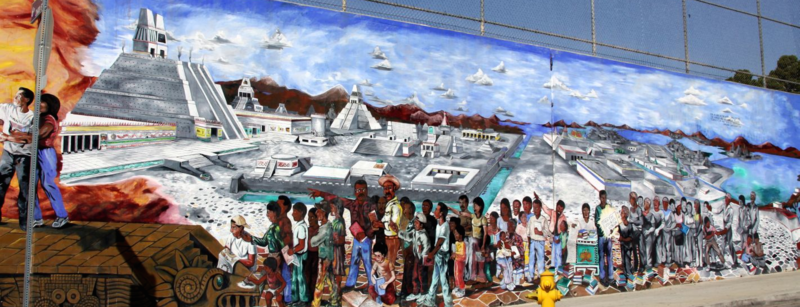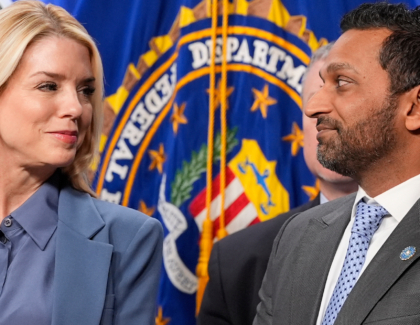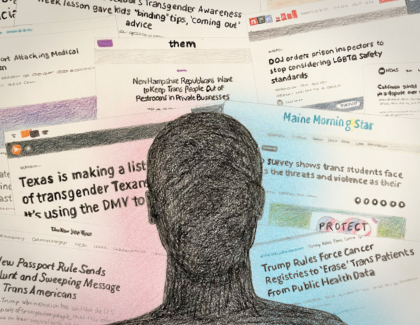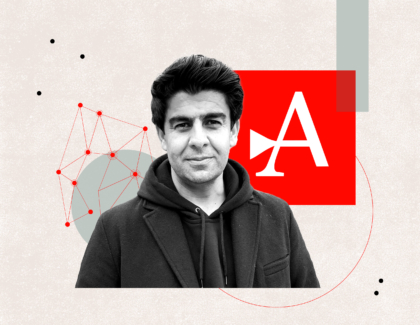Sign up for the daily CJR newsletter.
Earlier this month, reporter Samantha Silva sat with Juan Méndez and Josefina Rizo in the living room of their Los Angeles home. She was there to interview the couple about their 16-year-old son, José Juan Méndez, who was fatally shot in February during an encounter with police.
Méndez, who police say was armed and driving a stolen car at the time of the shooting, is one of five people killed by officers in the city’s Boyle Heights neighborhood in the first eight months of 2016, Silva reported this week. That living-room interview was “emotional,” she recalls, and not just for the teen’s parents. “I used to see [Jose] in school–I had conversations with him once or twice. He could’ve been my friend. Or cousin.”
Silva, age 17, is not your average reporter, and her publication, the Boyle Heights Beat, is not your average media outlet. Published in a bilingual format online and quarterly in print, the Beat covers Boyle Heights, a predominantly Hispanic neighborhood of about 90,000 people in East Los Angeles. But in important ways, the Beat is produced by Boyle Heights, too: Most of the reporting comes from high school students like Silva, who live or go to school in the neighborhood and are mentored by veteran journalists.
The outlet represents “a merger of journalism and community that just doesn’t happen in the mainstream press,” says Tom Grubisich, who writes about hyperlocal media for Street Fight.
Boyle Heights Beat was founded in 2011 by Michelle Levander, director of the USC Annenberg Center for Health Journalism, and Pedro Rojas, former executive editor of Los Angeles’ La Opinión. The project came about, Levander says, when she and Rojas started talking about an unmet need in the Los Angeles media market. “Even though both of us had many years of journalism under our belt–and Pedro was at the dominant Latino paper–LA is such a mega market, you can’t have an intimate, two-way relationship with readers.”
The pair chose Boyle Heights as the place to try to build that relationship because “it played a historical role in forging the Chicano identity, has a vibrant arts and theater scene, and is also a place with challenges,” Levander says–including high poverty levels, and cultural change brought by gentrification and an influx of young professionals.
The other key part of the idea: to join the “local sensibility” and “knowledge of the community” that local teenagers have with training in the “tools of objective journalism.” The goal, Levander adds, isn’t necessarily to train the students for careers in journalism. “They learn skills that could be useful whatever they wind up doing.” Of the nearly 100 students that have gone through the program to date, all of them have gone on to two or four-year colleges, she adds.
Boyle Heights Beat, with a print run of 33,000 to go along with its website and an active Facebook page, has an annual budget of about $250,000. Its primary financial support comes from the California Endowment, a private, Los Angeles-based foundation that is focused on “healthy communities.”
The foundation works on access to healthcare and other wellness issues, but its view of community health is a broad one that includes empowerment, says Mary Lou Fulton, senior program officer at the foundation and a former journalist at the Los Angeles Times and The Associated Press. That’s where the media comes in.
“Underserved communities are often overlooked in terms of media coverage, and they don’t have their own outlets,” Fulton says. “When communities like Boyle Heights are covered in mainstream media, it’s because something terrible happened, or because of some local cultural event. It’s what I call the ‘murders and festivals syndrome.’”
To offer something different, Boyle Heights Beat works with students chosen from five area high schools. The teens–there are currently 18 of them writing the outlet–work with three editors. One of them is Antonio Mejías Rentas, who worked for more than 25 years at La Opinión and has lived in Boyle Heights since 2010.
“The students have taught me what’s in this neighborhood,” Mejías Rentas says. “They have their own way of seeing the community.” He mentions a profile that ran late last year, of a neighborhood man known as “Don Cheto,” who delivers packages back and forth between Boyle Heights and Puebla, Mexico. The idea for the story came from Jennifer López, a student reporter whose mother uses Don Cheto to ship things to family in Puebla.
López, 18, has just enrolled at the University of California, Riverside. She accumulated plenty of bylines while in high school, including one for a story about a little-known diabetes prevention program. “This was important for the community,” she says. “Latinos struggle with diabetes, and I thought it could help.”
That emphasis on local connections also comes through in community meetings that the staff holds after each print edition is released, to gather feedback about coverage and collect ideas on what should be covered next.
Beat editors say the gatherings have been key for building credibility–which definitely took some work. Rojas remembers the first time he and Levander called a community meeting, in June 2011, after the paper’s inaugural edition. “People came and asked, ‘Who the hell are you?’”
As outsiders, Rojas and Levander had to develop trust with local residents; even a few years into the project, some in the community have groused at perceived slights. The Beat was accused of favoring Walgreens over a local pharmacy, and, when the paper hosted a community meeting featuring a developer interested in renovating a large Sears complex, some residents alleged that the publication must be in the developer’s pocket.
“But we’ve gotten their grudging respect–and they come to every meeting,” between 50 and 150 residents each quarter, Levander says.
“Also, we deliver,” adds Rojas. “We don’t write down their ideas and throw them away.”
The paper has achieved a balance of reporting on the powers that be–from influential developers to Mayor Eric Garcetti–and telling the stories of people from the neighborhood, like José Juan Méndez.
Mejías Rentas accompanied Samantha Silva on her interview with Méndez’s parents. He said they “wanted to demonstrate, with sensitivity, the reality of families like José Juan’s.” That reality includes wanting the best for their children, and working all the time to make a better life for them–which, he says, unfortunately can leave them without supervision and exposed to violence in the streets.
After the interview, he and Silva were drained. But they were satisfied, too, with the understanding of the teen and his family that they had gained in two hours of intimate conversation.
“Our reporters have a level of access, sensitivity and knowledge that is without equal,” Mejías Rentas says. “This is unique. It’s what makes Boyle Heights Beat different.”
Has America ever needed a media defender more than now? Help us by joining CJR today.







